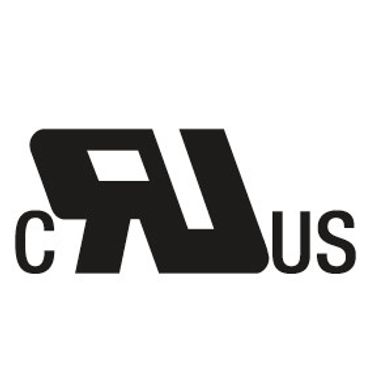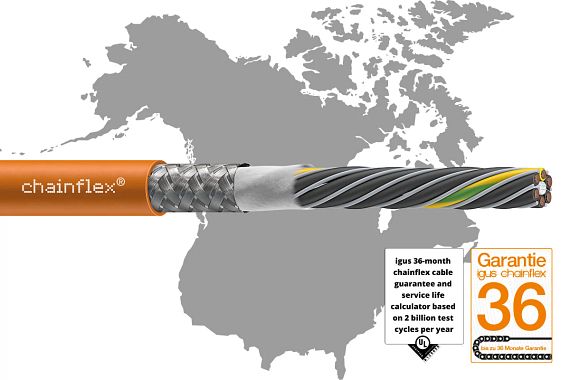UL - UL Recognized
Underwriters Laboratories (UL) is an independent US organisation that examines, tests, and certifies products with regard to safety. As such, UL designs procedures and standards for evaluating products, devices, materials, parts, components, systems, and equipment with respect to safety. Since 1894, UL's safety standards have included design recommendations and testing and design requirements for various products. UL is also considered a globally recognised test laboratory and one of the most widely accepted certification marks.

The UL mark appears on 22 billion products in the US each year. The "UL/CSA Recognized" certification mark is issued for components of larger systems. In this case, only components that are not intended for a single, precisely defined installation or application are certified. Cables for applications that cannot be described normatively and completely are then certified according to "UL Recognized" (AWM).
An example is cables for use in energy chains: They are so varied, complex, and multifaceted that no complete normative description is possible. This is where the "UL Recognized" certification is applicable. It allows cable developers a range of combinable approved options for insulation material, jacket material, and design. From them, cable manufacturers ideally form a combination that works, which means that it can be used precisely for a specific customer application.
The range consists of inner and outer styles from which a cable can be assembled. The different styles are defined in terms of voltage level, flame resistance, temperature range, etc. Depending on the application, they can then be mixed. The inner style defines the requirements for core insulation; the outer style is for the outer sheath.
An example is cables for use in energy chains: They are so varied, complex, and multifaceted that no complete normative description is possible. This is where the "UL Recognized" certification is applicable. It allows cable developers a range of combinable approved options for insulation material, jacket material, and design. From them, cable manufacturers ideally form a combination that works, which means that it can be used precisely for a specific customer application.
The range consists of inner and outer styles from which a cable can be assembled. The different styles are defined in terms of voltage level, flame resistance, temperature range, etc. Depending on the application, they can then be mixed. The inner style defines the requirements for core insulation; the outer style is for the outer sheath.
For our chainflex cables, this means the following:
More than 1,000 chainflex cables have UL certification. They are manufactured according to the appropriate UL styles and can therefore be installed in the US and some of them in Canada without any problem. We comply with the approval guidelines and certification processes.